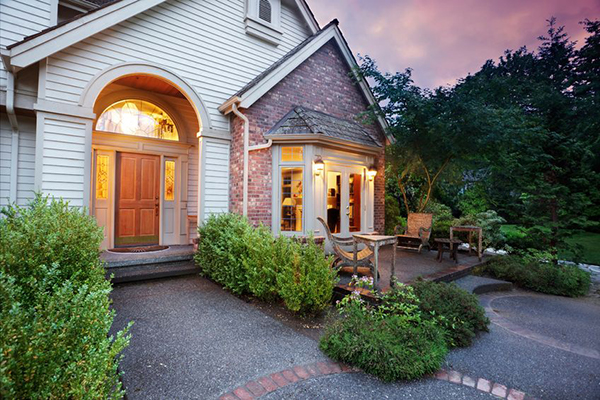Home Builder Sentiment Highest in Five Months

Component readings used for calculating Housing Market Index readings also rose in October. Builder sentiment for current market conditions gained five points for a reading of 75. The index reading for builder perception of market conditions in the next six months also rose five points to an October reading of 78.
Builder sentiment for home buyer traffic in new home developments rose one point to 48. Buyer traffic readings seldom exceed a Home Builder Index reading of 50.
NAHB Chairman Granger Mc Donald said builders were recovering from the initial shock of damage caused by hurricanes, but this was prior to numerous wildfires adding to demand for contractors and home builders.
National Disasters Add to Ongoing Materials and Labor Shortages
Factors contributing to stronger builder sentiment included an industry concentration of building homes for purchase instead of multifamily rental projects. Single-family homes have been in short supply in recent years and building more homes is the only remedy for a market skewed in favor of sellers and rapidly rising home prices fueled by high buyer demand and few choices available to buyers.
Recent hurricane damage is likely to raise materials prices and worsen labor shortages; Widespread damage caused by wildfires in California is expected to increase demand for contractors and skilled laborers as they work to repair and rebuild homes and buildings ruined in storms and fires.
Regional Readings Mixed
Three-month rolling averages of builder sentiment for regions tracked by NAHB were mixed. In the Northeast, builder sentiment rose one point to 50. The South gained two points for a reading of 68. The reading for builder sentiment in the South was unchanged at 63; the reading for the West was also unchanged at 77.
Winter weather and challenges caused by higher demand for services against rising materials costs and ongoing labor shortages can be expected to challenge builders, but the need for new housing caused by multiple national disasters will likely create many new jobs for builders.
 Last week’s economic reports included Case-Shiller’s Home Price Indices, readings on new and pending home sales and Freddie Mac ‘s weekly mortgage rates report. Weekly jobless claims and reports on inflation and core inflation were also released.
Last week’s economic reports included Case-Shiller’s Home Price Indices, readings on new and pending home sales and Freddie Mac ‘s weekly mortgage rates report. Weekly jobless claims and reports on inflation and core inflation were also released. Case-Shiller reported higher sales of new homes for July; the national reading for new home sales increased by 0.10 percent to a seasonally-adjusted annual rate of 5.90 percent. The 20-City Home Price Index rose by 0.20 percent to 5.80 percent on a seasonally adjusted annual basis.
Case-Shiller reported higher sales of new homes for July; the national reading for new home sales increased by 0.10 percent to a seasonally-adjusted annual rate of 5.90 percent. The 20-City Home Price Index rose by 0.20 percent to 5.80 percent on a seasonally adjusted annual basis.